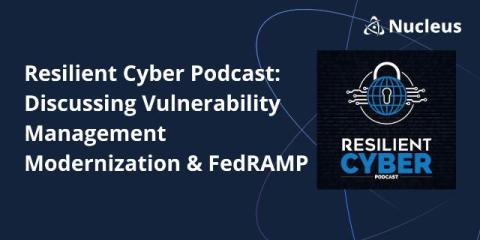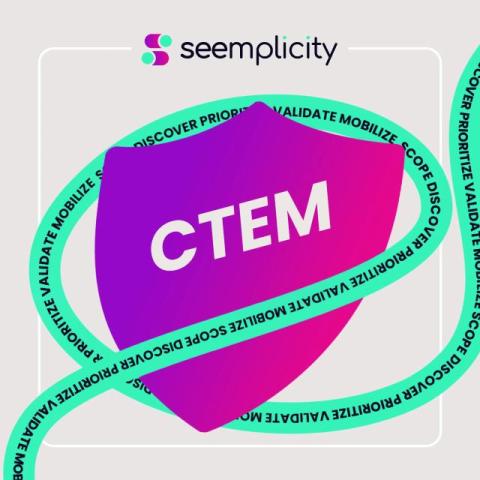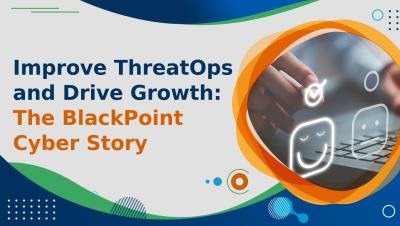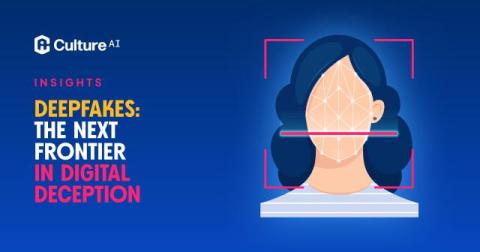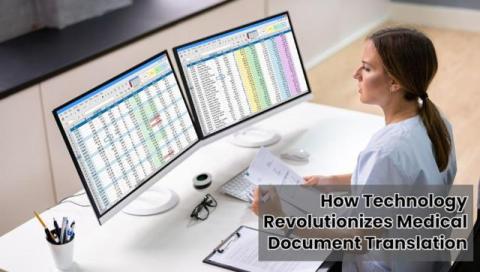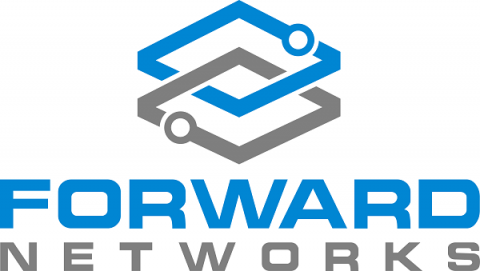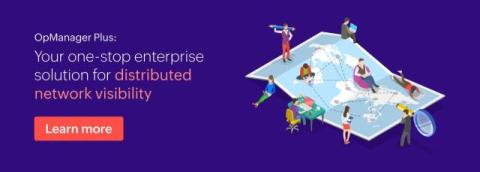Vulnerability Management Modernization & FedRAMP: Resilient Cyber Podcast
Ever wonder how Nucleus got started? Curious to know what our CEO and co-founder Steve Carter is working on? You’re in luck. Steve joined host Chris Hughes on the Cyber Resilience podcast to talk about those topics and more. Additionally, Steve and Chris explored the process for earning FedRAMP authorization, some of the particular vulnerability management challenges government agencies are dealing with, and why risk-based vulnerability management resonates with the government community.


